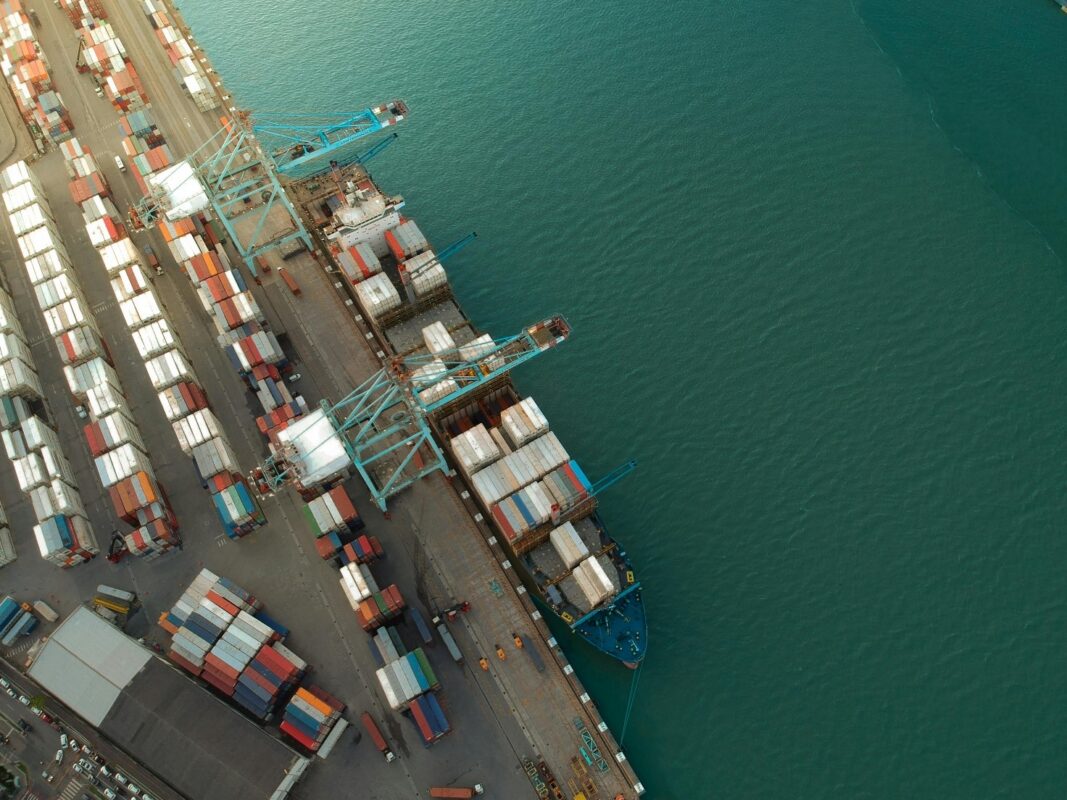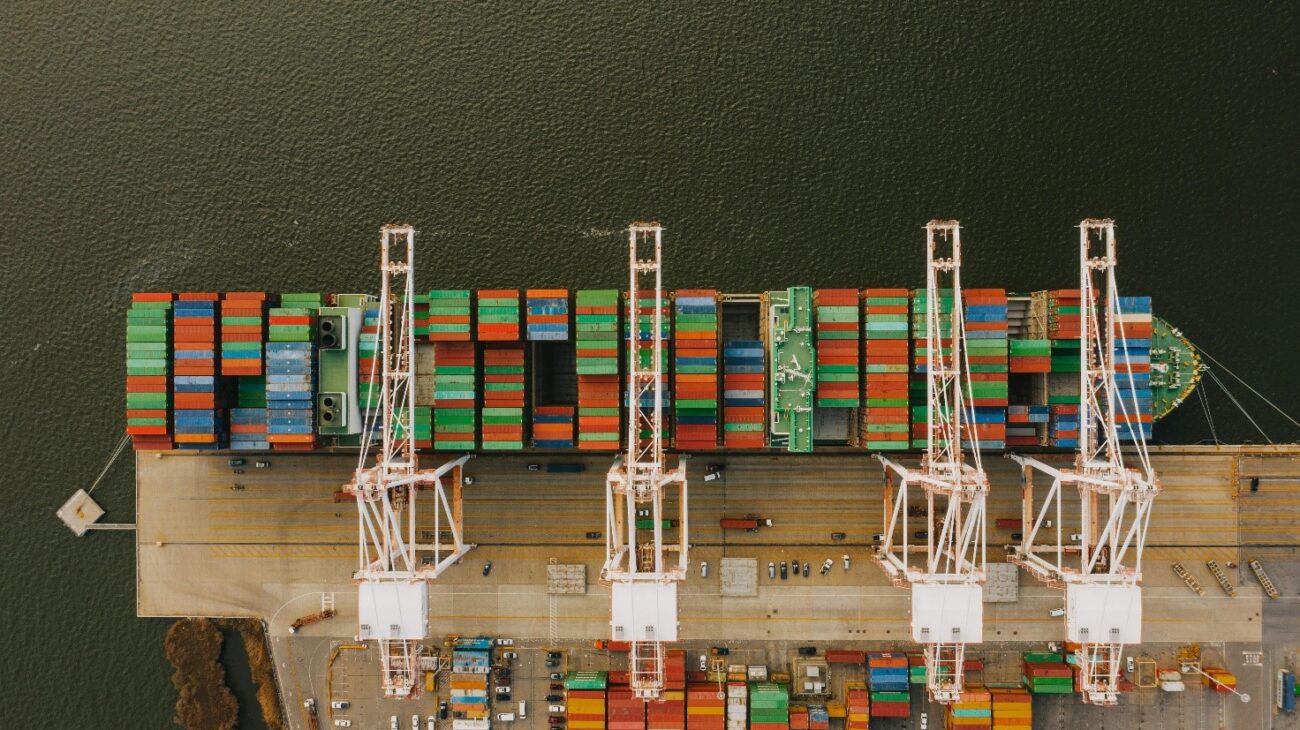In the evolving world of e-commerce and on-demand services, last mile delivery has become a defining factor in customer satisfaction. As consumer expectations grow, supply chains are under pressure not just to be efficient, but to be fast, transparent, and highly responsive. Among all stages of the delivery process, the last mile, the final step that gets a product to the customer’s doorstep, is often the most complex and costly. For companies offering reliable logistics and supply chain solutions, mastering this final step is critical to customer satisfaction and brand success.
Businesses that master last mile delivery are not only optimizing logistics; they’re building loyalty, trust, and brand reputation. This blog breaks down why the last mile matters so much, and how it impacts customer experience in the modern supply chain.

Understanding Last Mile Delivery in the Supply Chain
Last mile delivery refers to the final leg of the delivery journey, typically from a local hub, warehouse, or fulfillment center to the end customer. While it may seem like a simple step, it’s often the most time-consuming, expensive, and unpredictable part of the entire process.
Several factors make last mile delivery uniquely challenging:
- Urban congestion and traffic delays
- Remote or hard-to-reach delivery locations
- High expectations for same-day or next-day delivery
- Complexity in scheduling and failed delivery attempts
Despite being just one stage in the logistics process, last mile delivery can account for more than 50% of total shipping costs. This makes it both a financial and operational priority for supply chain managers.
From the customer’s perspective, the last mile is the most visible part of the delivery experience. It’s the moment where promises made during checkout are either kept or broken. A delay, lost package, or lack of real-time updates can turn an otherwise positive shopping experience into frustration.
Technology is playing a major role in transforming last mile delivery. Route optimization software, real-time tracking, mobile delivery apps, and smart lockers are now common tools used to reduce friction and boost delivery efficiency. These solutions are most effective when supported by our team’s experience in international logistics, which ensures that every innovation is applied with real-world expertise. By integrating these tools, businesses are offering customers faster deliveries, accurate ETAs, and real-time communication, all of which drive satisfaction and repeat purchases.

How Last Mile Delivery Drives Customer Satisfaction
Customer satisfaction today is heavily influenced by delivery speed, reliability, and transparency. The last mile, being the final impression a brand leaves on a customer, can either enhance or damage that satisfaction.
Speed is no longer a premium perk, it’s expected. Services like Amazon Prime have set new standards for rapid delivery, forcing other retailers to compete or risk losing business. If a customer has to wait too long or receives vague updates, their trust in the brand erodes.
Accuracy and communication also play a critical role. Customers want to know exactly where their package is and when it will arrive. Real-time tracking, delivery notifications, and customer service responsiveness are essential in ensuring customers feel in control of their order.
Furthermore, flexibility in delivery options adds convenience, which directly contributes to a better overall experience. For example:
- Offering delivery time windows
- Allowing delivery to alternate locations
- Providing easy rescheduling or pickup options
These choices empower the customer and make the process feel personalized.
When efficient last mile delivery services go right, they enhance customer satisfaction, build loyalty, and increase positive word-of-mouth. On the flip side, a single bad delivery experience can lead to negative reviews, customer churn, and increased service costs due to complaints or returns.

